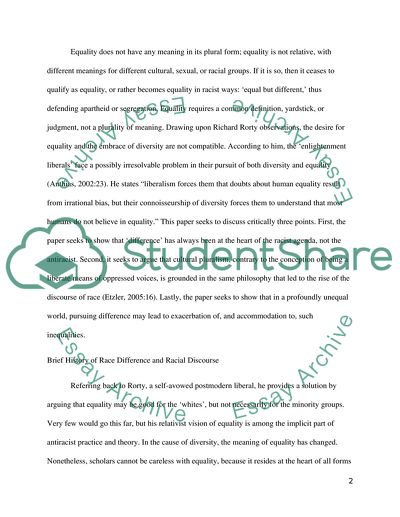Cite this document
(Race, Cultural, and Ethnical Diversity Coursework, n.d.)
Race, Cultural, and Ethnical Diversity Coursework. Retrieved from https://studentshare.org/social-science/1772231-psychosocia
Race, Cultural, and Ethnical Diversity Coursework. Retrieved from https://studentshare.org/social-science/1772231-psychosocia
(Race, Cultural, and Ethnical Diversity Coursework)
Race, Cultural, and Ethnical Diversity Coursework. https://studentshare.org/social-science/1772231-psychosocia.
Race, Cultural, and Ethnical Diversity Coursework. https://studentshare.org/social-science/1772231-psychosocia.
“Race, Cultural, and Ethnical Diversity Coursework”, n.d. https://studentshare.org/social-science/1772231-psychosocia.


